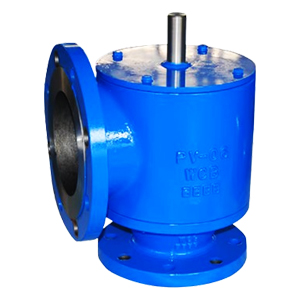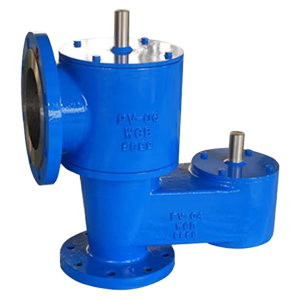1. Purpose and Function
Breather Valve: A breather valve is designed to maintain atmospheric pressure balance in tanks and vessels by regulating the flow of air or gas into and out of the system. The primary function of a breather valve is to prevent vacuum formation and to release excess pressure when necessary. It allows for controlled air exchange, ensuring that tanks do not collapse under a vacuum or build up dangerous pressures.
Ideal For: Tanks or containers where liquid or gas storage involves pressure fluctuations due to filling or draining.

Pressure Relief Valve: The main function of a pressure relief valve is to protect systems from overpressure. It releases excess pressure that could damage the equipment, pipes, or entire systems. When the internal pressure reaches a pre-set limit, the valve automatically opens to discharge the excess, maintaining safety and system integrity.
Ideal For: Systems that operate under high pressure, such as pressure vessels, piping systems, boilers, and gas pipelines.

2. How They Operate
Breather Valve: A breather valve regulates small fluctuations in pressure within a tank. It opens when the tank experiences negative pressure (vacuum) or when the internal pressure exceeds normal levels. The valve allows for a gentle flow of air or gas to enter or exit, ensuring that the system remains balanced without significant pressure changes.
Dual Function: It not only prevents vacuum conditions but also protects against excessive pressure by allowing air to escape.
Pressure Relief Valve: A pressure relief valve is designed to handle higher pressure surges. It opens when the pressure exceeds the valve's pre-set threshold, allowing excess fluid or gas to escape. The valve closes automatically when the pressure returns to a safe level, ensuring the system does not reach dangerous pressure levels.
Single Function: Primarily operates to vent excess pressure and safeguard equipment from failure.
3. Application in Systems
Breather Valve in Storage tanks: Particularly useful for tanks storing volatile liquids or gases where pressure balance is crucial.
Breather Valve in Industrial tanks: Commonly used in chemical, pharmaceutical, and food processing industries where air contamination needs to be minimized.
Breather Valve in Petroleum and Gas: In oil storage tanks to prevent tank collapse from vacuum conditions.
Pressure Relief Valve Boilers and pressure vessels: Used to prevent overpressure in high-pressure systems like steam boilers, natural gas pipelines, and oil refining processes.
Pressure Relief Valve in Gas or liquid pipelines: Protects piping systems from damage due to excessive pressure.
Pressure Relief Valve in Hydraulic systems: Used to protect components in hydraulic circuits from overpressure, preventing damage or failure.
4. Pressure Settings and Operation
Breather Valve: Breather valves are designed for low-pressure regulation. They maintain a slight positive or negative pressure range, ensuring that air or gas enters and exits the system gradually. Their operation is typically low-frequency, dealing with minor pressure fluctuations.
Pressure Range: Operates in a controlled range, typically designed to allow minimal pressure changes.
Operation: The valve opens gradually when the pressure is slightly above or below the set range, and it ensures that the internal pressure remains within a safe zone without triggering an emergency release.
Pressure Relief Valve: Pressure relief valves are designed to handle high-pressure conditions. These valves are set to open when the pressure exceeds a specific threshold, and they are built to handle substantial pressure surges, releasing large amounts of fluid or gas rapidly.
Pressure Range: Has a specific preset pressure at which it will open, often much higher than that of a breather valve.
Operation: The valve opens quickly to release pressure and closes swiftly once the pressure returns to safe levels, ensuring that overpressure does not damage the system.

.png)
 en |
en |
















